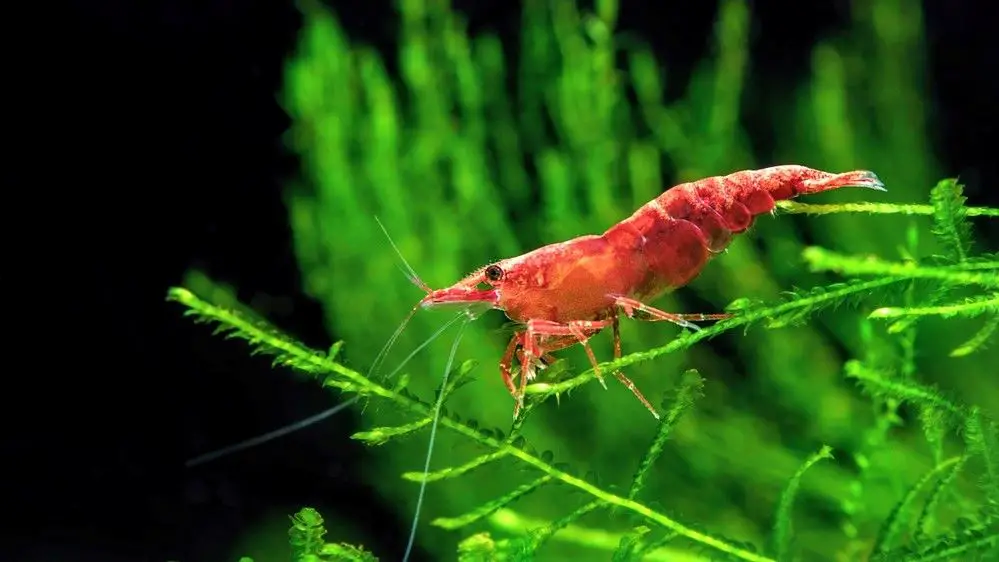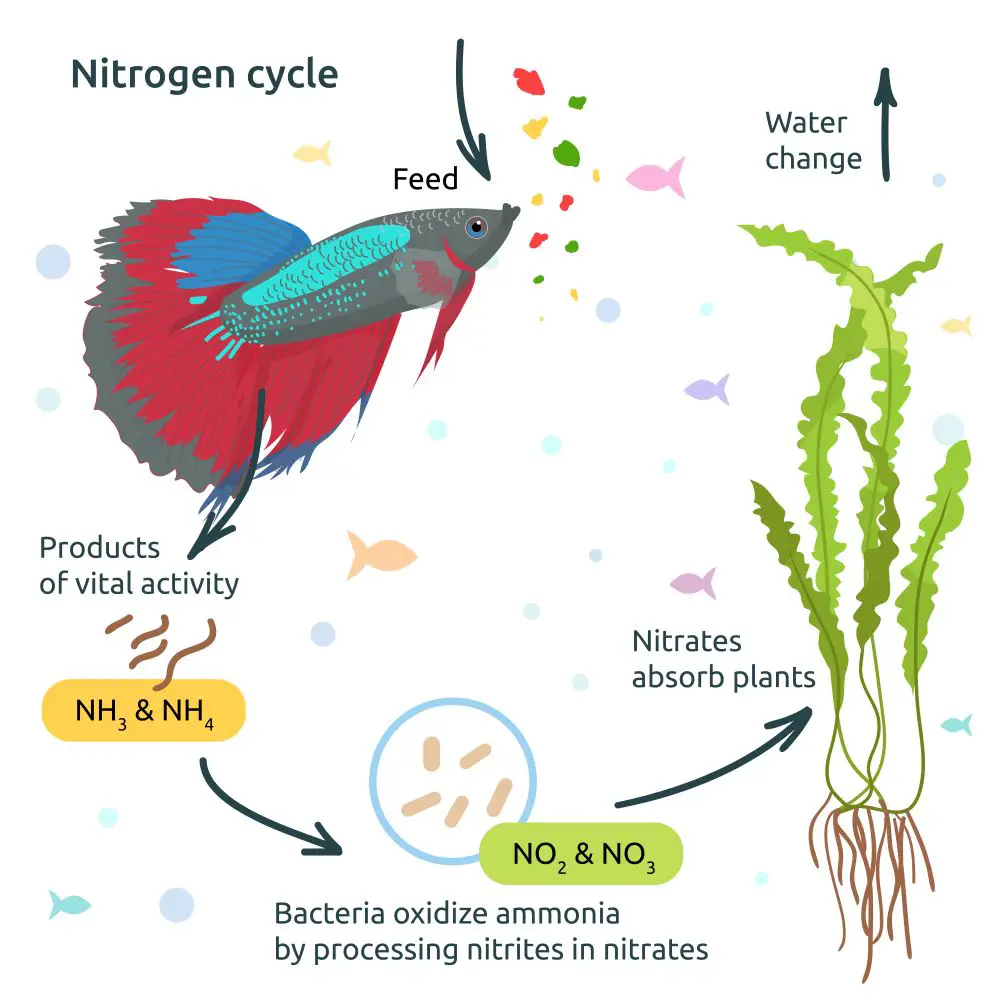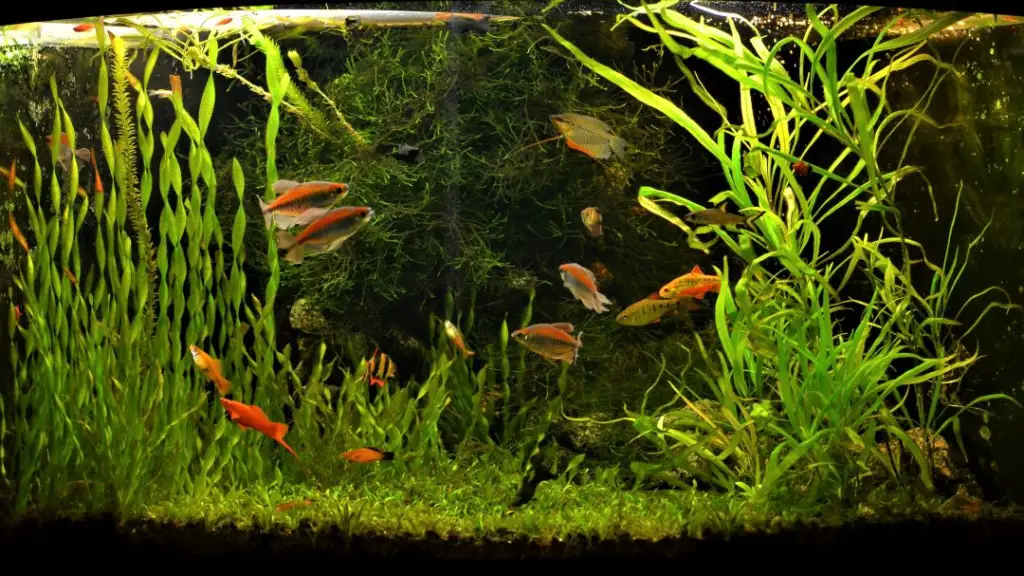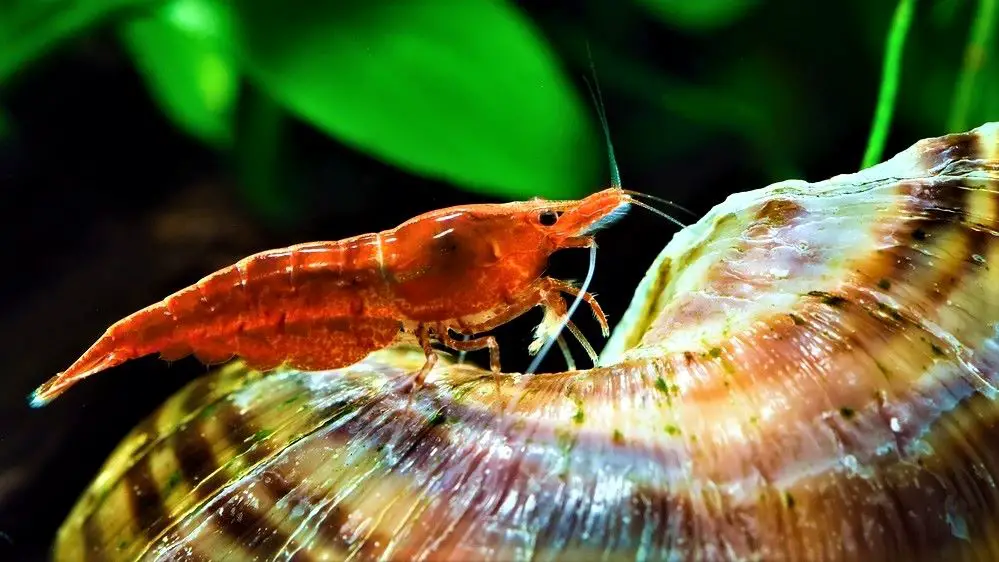Imagine you’ve just tested your tank’s water and the nitrate levels are higher than usual. You look at your cherry shrimp, swimming and scavenging without a care in the world, and you can’t help but worry. Are they in danger? Could these nitrate levels be harmful to them?
Cherry shrimp can tolerate varying nitrate levels, but the exact threshold can depend on several factors such as the shrimp’s age, stress levels, and other water parameters. Some shrimp keepers have reported their shrimp surviving in nitrate levels as high as 80ppm, while others have noticed adverse effects at 40ppm. It’s important to note that these are anecdotal observations and the actual tolerance level may vary.
As a shrimp keeper, I’ve faced many challenges. One of the most persistent has been maintaining the right water parameters for my cherry shrimp. Nitrate levels, in particular, have been a constant source of worry. I remember a time when I found my nitrate levels spiking unexpectedly. I was terrified for my shrimp, unsure of how much nitrate they could tolerate.
Over time, I’ve learned that while it’s important to keep nitrate levels as low as possible, cherry shrimp can be surprisingly resilient. I’ve had shrimp survive in nitrate levels that I initially thought were too high. However, this doesn’t mean that high nitrate levels are safe or ideal. It’s always better to err on the side of caution and aim for the lowest nitrate levels possible.
In the following sections, we’ll delve deeper into the topic of cherry shrimp and nitrate sensitivity. We’ll explore the experiences of different shrimp keepers, the factors that can influence nitrate tolerance, and the steps you can take to ensure your shrimp live in a safe and healthy environment. So, if you’re ready to become a more informed and confident shrimp keeper, read on!

What are the Effects of nitrate on Cherry Shrimp?
Nitrate, a common byproduct of the nitrogen cycle in aquariums, can significantly impact the health and well-being of cherry shrimp. While these hardy creatures are known for their resilience, prolonged exposure to high nitrate levels can lead to stress, decreased activity, and in severe cases, mortality.
Nitrate toxicity primarily affects the shrimp’s ability to transport oxygen, leading to symptoms similar to suffocation. Shrimp exposed to high nitrate levels may exhibit unusual behavior such as erratic swimming, loss of appetite, or remaining motionless at the bottom of the tank.
However, the tolerance to nitrate can vary among individual shrimp, influenced by factors such as their overall health, age, and the presence of other stressors in the environment. It’s important to remember that while some shrimp may survive in higher nitrate conditions, it’s always best to aim for the lowest possible levels to ensure a healthy, thriving shrimp population.

How Can I Lower Nitrate Levels in My Shrimp Tank?
Managing nitrate levels in your shrimp tank involves a combination of preventive measures and active interventions. One of the most effective ways to control nitrate is by establishing a healthy, well-functioning biological filter.
Beneficial bacteria in the filter convert harmful nitrate into less harmful nitrate, a process known as the nitrogen cycle. Regularly testing your water parameters can help you catch any nitrate spikes early, allowing you to take corrective action before your shrimp are adversely affected.
Water changes are another key strategy for reducing nitrate levels. You can effectively dilute the nitrate concentration by replacing a portion of your tank water with fresh, dechlorinated water. However, it’s important to ensure the new water is of similar temperature and pH to avoid causing additional stress to your shrimp.
In cases of severe nitrate spikes, you might consider using a commercial water conditioner that neutralizes nitrate like sechem safe or seachem prime. These products can provide immediate relief.
Remember, the best way to manage nitrate levels is to maintain a clean, well-balanced tank environment that promotes the health and well-being of your cherry shrimp.

What Factors Can Influence a Cherry Shrimp’s Nitrate Tolerance?
The tolerance of cherry shrimp to nitrate can be influenced by a variety of factors. One of the primary factors is the overall health of the shrimp. Healthy, well-nourished shrimp are generally more resilient and can withstand higher nitrate levels compared to stressed or malnourished shrimp.
The age and life stage of the shrimp can also play a role. Younger shrimp and larvae, which are still developing, may be more sensitive to nitrate compared to mature adults.
The presence of other stressors in the environment can also affect nitrate tolerance. For instance, if the shrimp are already stressed due to inappropriate temperatures, poor water quality, or aggressive tank mates, their ability to cope with high nitrate levels may be compromised.
Lastly, the duration of exposure to nitrate is also critical. While cherry shrimp may tolerate brief spikes in nitrate levels, prolonged exposure can lead to chronic stress, health issues, and potentially death. Therefore, monitoring your water parameters regularly is crucial and taking swift action to reduce nitrate levels if they start to rise.
How Can I Monitor and Maintain Safe Nitrate Levels in My Shrimp Tank?

Monitoring and maintaining safe nitrate levels in your shrimp tank is crucial to shrimp keeping. Regular testing of your tank water is the first step in this process. There are various water testing kits available on the market that can measure nitrate levels.
It’s recommended to test your water at least once a week or more frequently if you notice any changes in your shrimp’s behavior or health.
Maintaining a healthy biological filter is key to controlling nitrate levels. This involves ensuring your tank has a sufficient population of beneficial bacteria that can convert nitrate into less harmful nitrate. You can support these bacteria by avoiding overcleaning your filter and providing them with a stable environment.
Avoid overstocking your tank or overfeeding your shrimp; both can increase waste production and higher nitrate levels. If you notice a spike in nitrate, a water change can help bring the levels down. Remember to use dechlorinated water that matches the temperature and pH of your tank water.
can help bring the levels down. Remember to use dechlorinated water that matches the temperature and pH of your tank water.
In addition to these measures, consider using live plants in your tank. Plants can absorb nitrate, helping to keep the levels in check. Plus, they provide additional benefits such as oxygen production and providing hiding spots for your shrimp.
Remember, maintaining safe nitrate levels is not a one-time task but a continuous process requiring regular monitoring and adjustments. With careful management, you can provide a safe and healthy environment for your cherry shrimp.

In Summary: Maintaining Safe Nitrate Levels for Cherry Shrimp
Managing nitrate levels in your shrimp tank is crucial to shrimp keeping. Regular testing, maintaining a healthy biological filter, avoiding overstocking and overfeeding, and incorporating live plants in your tank are all effective strategies to keep nitrate levels in check. Remember, the health and well-being of your cherry shrimp depend on a clean, stable environment with optimal water parameters.
If you ever need help or advice, don’t hesitate to reach out. If you can’t reach me here, check out the aquarium shrimp-keeping group on Facebook. There’s a whole community of shrimp keepers out there who are more than willing to share their experiences and knowledge.
Remember that every shrimp keeper faces challenges. It’s all part of the journey. So, keep learning, improving, and most importantly, enjoying the fascinating world of shrimp keeping.
Happy Shrimp Keeping!
FAQ on Cherry Shrimp and Nitrate
Q. Can shrimp tolerate nitrate?
A. Cherry shrimp can tolerate varying levels of nitrate, but the exact threshold can depend on several factors such as the shrimp’s age, stress levels, and other water parameters. Some shrimp keepers have reported their shrimp surviving in nitrate levels as high as 80ppm, while others have noticed adverse effects at 40ppm. It’s important to note that these are anecdotal observations and the actual tolerance level may vary.
Q. What nitrate level is safe for cherry shrimp?
A. The safe nitrate level for cherry shrimp is generally considered to be below 20ppm. However, some shrimp keepers have reported their shrimp thriving in nitrate levels up to 40ppm. It’s always best to aim for the lowest possible nitrate levels to ensure a healthy environment for your shrimp.
Q. How do I lower nitrate in my shrimp tank?
A. Lowering nitrate levels in your shrimp tank can be achieved through several methods, including regular water changes, maintaining a healthy biological filter, and avoiding overstocking or overfeeding your shrimp. In cases of severe nitrate spikes, commercial water conditioners that neutralize nitrate can be used as a temporary solution.
Q. Are high nitrate levels toxic to shrimp?
A. High nitrate levels can be toxic to shrimp, leading to health issues and potentially death. While cherry shrimp can tolerate higher nitrate levels than some other species, it’s always best to aim for the lowest possible nitrate levels to ensure a healthy environment for your shrimp.
Q. Can cherry shrimp survive in a tank that isn’t fully cycled?
A. While some cherry shrimp may survive in a tank that isn’t fully cycled, it’s not ideal. The cycling process establishes a population of beneficial bacteria that convert harmful ammonia and nitrate into less harmful nitrate. Without this bacterial population, your shrimp may be exposed to harmful levels of ammonia and nitrate.
